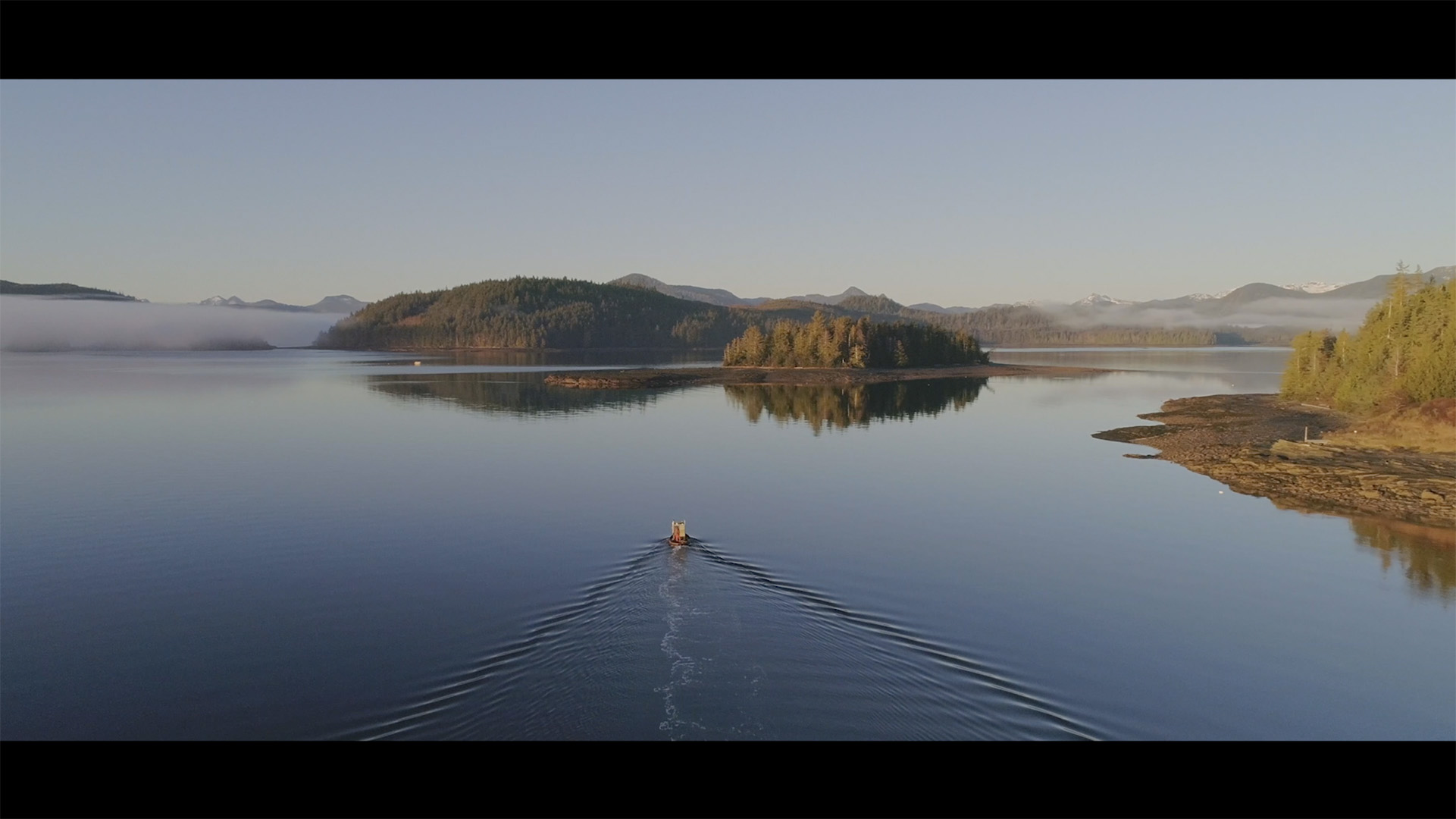Whether you are quietly paddling your recreational kayak or cruising on a large ocean liner, you are actually on what we call “navigable water”. Navigable waterways are regulated under the Canadian Navigable Waters Act to ensure that you can navigate safely.
Curious to know who exactly applies the “safely” part of that statement...?
Jason Gargaro is one of those people. He’s a Navigation Protection Officer in Transport Canada’s Navigation Protection Program.
“Part of my job is to ensure that bridges are high enough for vessels to get under safely, to let your neighbour know what colour to use for that buoy she put out in front of her cottage, and to see to the removal of the boat that sunk in the channel,” says Gargaro, “That’s what the people at Transport Canada’s Navigation Protection Program do. On any given day we might be involved in coordinating the removal of a boat obstructing a waterway, providing advice on submitting an application for a backyard dock, or addressing a private buoy that doesn’t meet all of the necessary requirements, among a plethora of other things.”
He says the Navigation Protection Program is comprised of many people who have an exceptional understanding of the landscape and who apply their vast field experience to the development of policy that will best serve Canadians.
“We have a wealth of committed, knowledgeable and experienced staff across the country. They are passionate about ensuring that the right to navigation is protected in the most effective and efficient manner possible,” says Gargaro.
He adds that resources to help guide Canadians through the process of getting an approval for projects around a waterway are available on the Transport Canada website, but can also be obtained by contacting a regional Transport Canada office directly.
“Are you considering constructing, placing, altering, rebuilding, removing or decommissioning a work in, on, over, under, through or across any navigable water? If so, review the reference material available online to learn how the legislation may be applicable to your proposed work,” says Gargaro.
“When you create an account on the Navigation Protection Program’s Online Submission site, you can use the ‘project review tool’ to determine if your project needs an approval. That said, the regional officers are always just a quick phone call or email away to answer your questions.”
Canada’s vast network of rivers, lakes and canals have played an important role in the history of what is now Canada. Although the Canadian Navigable Waters Act is still a relatively new legislation, Transport Canada’s Navigation Protection Program has existed for quite a while. It had responsibilities under previous legislations such as the Navigation Protection Act, and, before that, the Navigable Waters Protection Act.

